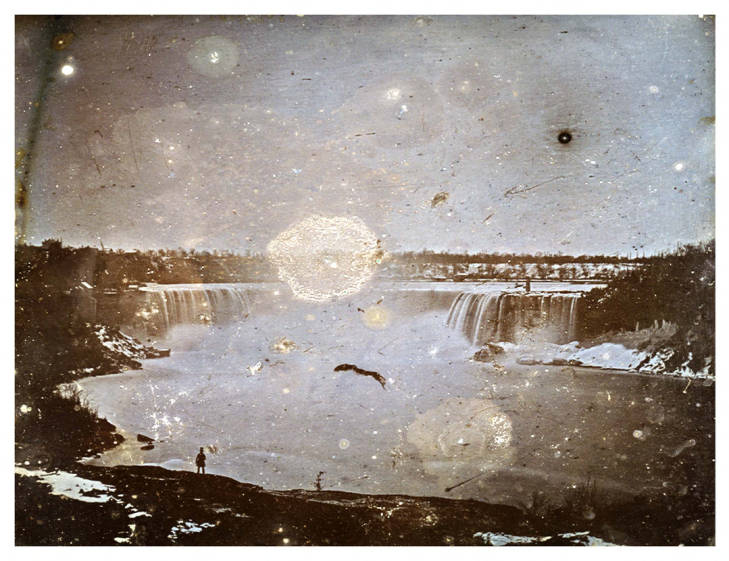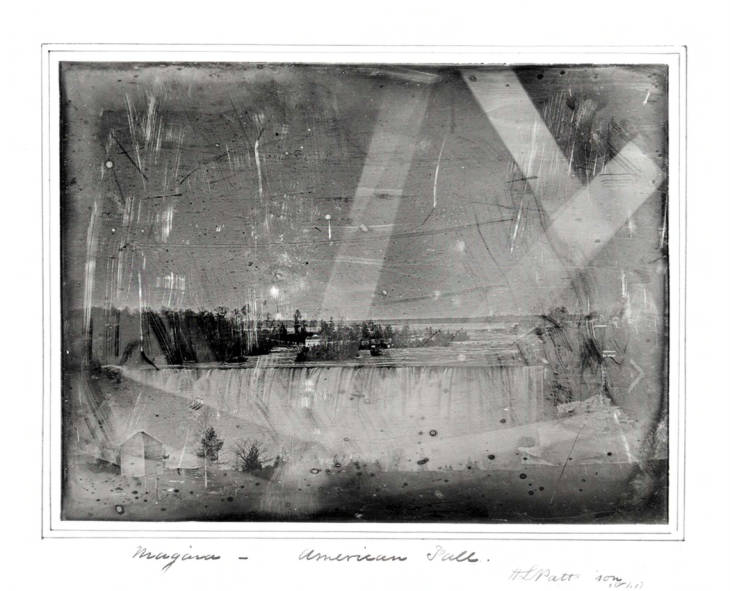With information taken from Dictionary of National Biography and Henry Lonsdale’s ‘The Worthies of Cumberland‘ (1867-75)

Hugh Lee Pattinson (1796-1858) was born on 25th December 1796 at Alston, Cumberland, son of Thomas Pattinson, a retail trader, and Margaret Lee. Hugh Lee Pattinson gained some knowledge of electricity and at the age of seventeen constructed some electrical devices. He also studied chemistry especially in connection with metallurgy.
He took among the first-known photographic images of Niagara Falls and the Clifton Hotel. These early photographs were known as daguerreotypes. Daguerreotypes were produced using an early photographic process involving an iodine-sensitised silvered plate and mercury vapour. This photographic method does not permit reproduction so the images are unique.


To view more Daguerreotypes, visit CollectionsCaptured.
Timeline
1821 Employed as clerk and assistant to Anthony Clapham, a soap boiler in Newcastle.
1822 Pattinson joined the Literary and Philosophical Society of Newcastle.
1825 He became assay master to the lords of the manor at Alston.
1829 Pattinson discovered an easy method for separating the silver from lead ore but did not have the funds to complete his research.
1831 Appointed manager of the lead works of Mr Wentworth Beaumont where he had the opportunity to perfect his method of desilverising lead which was patented in 1833.
1834 He resigned his post and, in partnership with John Lee and George Burnett, established a chemical works at Felling, Gateshead and afterwards at Washington.
His process for extracting the silver from lead allowed the working of lead mines that had been deemed too uneconomic to run.
He also invented a simple method for obtaining white lead, and a process for manufacturing Magnesia Alba. (Patented 1841)
1838 Became vice president of the British Association, a fellow of the Geological Society.
1839-40 Visited America to investigate an offered mining speculation.
1852 Elected fellow of the Royal Society in June.
1858 Retired from business to study astronomy, mathematics and physics. Soon after this he died at his home, Scot’s House near Gateshead, and was buried in Washington.
Full text of chapter on Pattinson from ‘The Worthies of Cumberland’.
Text and digital images copyright © Newcastle University Library (1997). All rights reserved. Copying or redistribution in any manner is prohibited. Any public or commercial use of these materials without prior written permission is a violation of copyright law.
